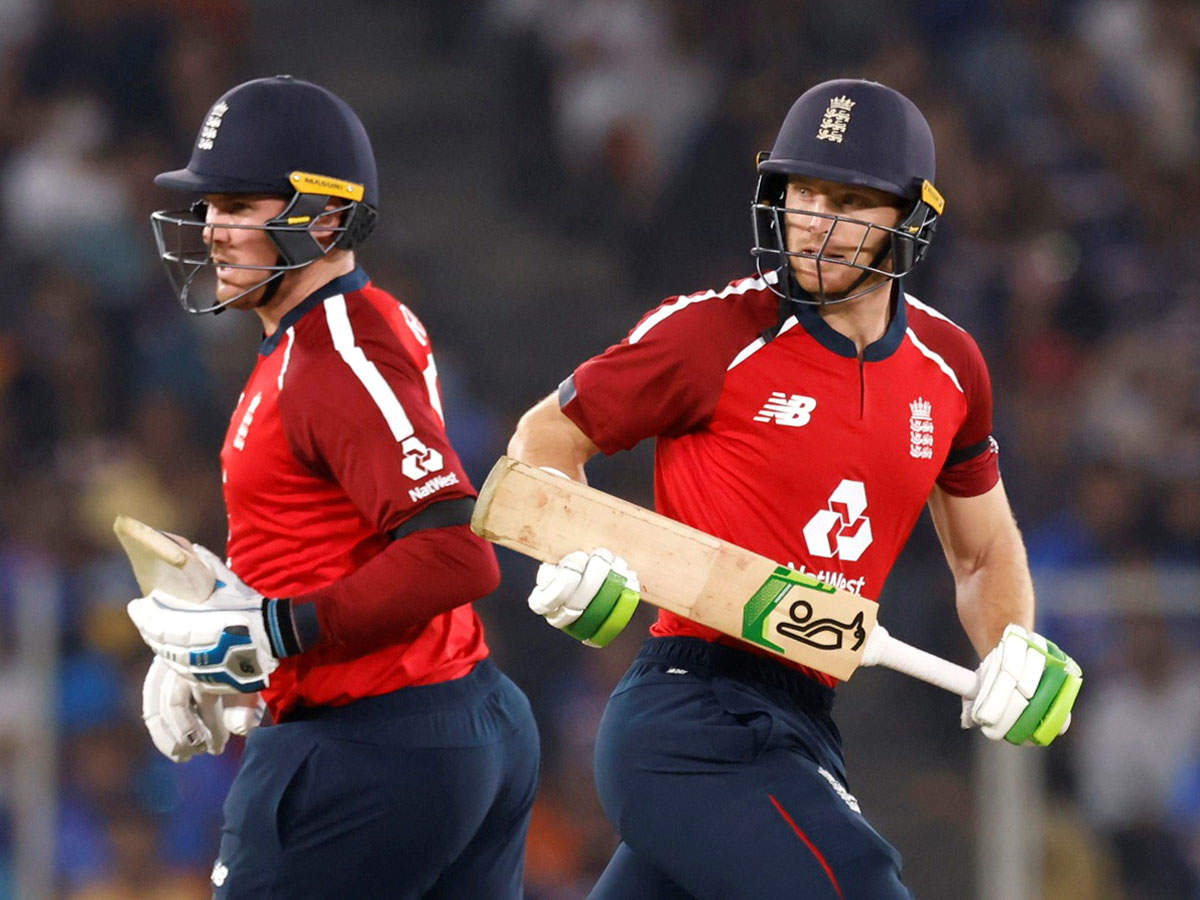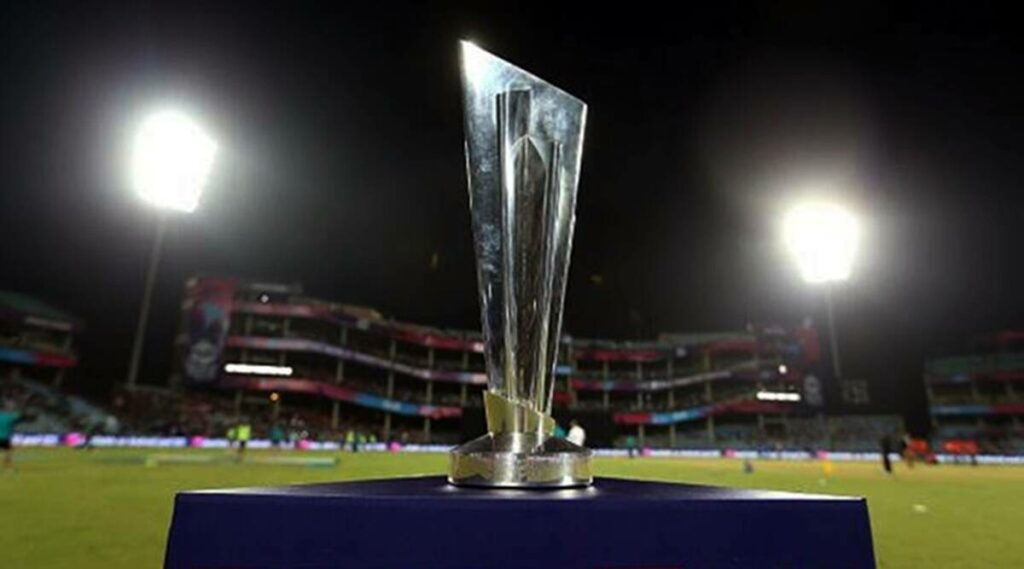Table of Contents
From Australia winning their maiden ICC T20 World Cup title to dark horses New Zealand once again ending up on the wrong side of a major final, here is the A to Z of the recently concluded multi-nation tournament in Dubai.
A for Australia
After losing the 2010 ICC T20 World Cup final to arch-rivals England, Australia was distraught as their wait for an ICC trophy in the shortest format didn’t end in the tournament hosted by the West Indies.
A decade later, two surviving members of that squad, David Warner and Steve Smith along with 13 new teammates lifted the coveted trophy in the United Arab Emirates beating Tasmanian rivals New Zealand by 8 wickets in the big finale.
B for Bio Bubble
‘Bio Bubble’ is a term never used in cricket or sports before 2019 but the unceremonious spread of Covid-19 has forced international cricket to be played in bio bubbles.
Many cricketers and members of the support staff were forced to live away from their families in a ‘bio bubble’ and the sacrifice of everyone involved made the staging of the tournament possible in these times.
C for Catches
Cricket matches in the UAE are often marred by dropped catches due to the questionable position of the floodlights in the stadiums but this tournament witnessed several blinders making pundits scratch their heads whilst deciding the ‘catch of the tournament’.
In the Super 12s opener, Aiden Markram’s catch against Australia to dismiss Smith is still fresh in the mind of the fans whilst Devon Conway’s catch against Pakistan to send Mohammad Hafeez back to the pavilion was quite special as well. Chris Woakes took a one-handed catch to dismiss Smith which proved vital in England winning the match against the eventual champions.
D for Daryl Mitchell
Daryl Mitchell was considered a utility player ahead of the tournament and some even questioned the management’s decision of promoting Mitchell to the top of the order in the warm-up matches.
The all-rounder ended up in the ‘Top 10’ run-getters of the tournament scoring 208 runs in 7 innings at an average of 34.66 including a match-winning knock of 72 runs off 47 balls in the semi-final against England.
E for Enforcer
Most T20 World Cups are remembered for hitters (cue Yuvraj Singh and Carlos Brathwaite) but the 2021 edition of the tournament will be remembered for its enforcers.
Pakistan skipper Babar Azam top-scored in the tournament with 303 runs in 6 innings at an astonishing average of 60.60. New Zealand skipper Kane Williamson also found a place in the list of the Top-10 run-getters along with Mohammad Rizwan, Pathum Nissanka, and David Warner who focused on accumulating runs rather than hitting the balls over the fence.
F for Five Long Years
Since the advent of the ICC T20 World Cup in 2007, there has never been such a long space between two different editions of the tournament.
2021 welcomed the return of an ICC tournament after almost no international cricket was played in 2020 and the fans were treated to a delight in the UAE calling this edition worth the wait.
G for Gayle
Two-time ICC T20 World Cup winner Chris Gayle called an end to his World Cup career as he signed off with a wicket off his last ball dismissing Mitchell Marsh in the last group fixture against Australia.
The 42-year old power-hitter has the most runs in T20 cricket history as he has scored 14321 runs in 445 innings at a splendid strike rate of 145.44 smashing 22 centuries and 87 fifties in his glorious career.
H for Hasaranga
Wanindu Hasaranga was expected to take the world by storm in this edition of the T20 World Cup and the spinner starred for Sri Lanka by taking 10 wickets in the Super 12s stage of the tournament and picking up 16 wickets in total during the tournament.
I for Ish Sodhi
Mohammad Rizwan, Fakhar Zaman, Rohit Sharma, Virat Kohli, George Munsey, Richie Berrington, Gerhard Erasmus, Gulbadin Naib, and Jos Buttler.
No, this is not the list of the best batsmen of the tournament, these are the victims of Kiwi spinner Ish Sodhi during the tournament as the wrist-spinner picked crucial wickets for his adopted nation regularly throughout the tournament.
J for Jos Buttler & Jason Roy

Whilst Pakistan’s opener duo of Babar Azam and Mohammad Rizwan was successful due to their conservative approach on Dubai pitches, the class of Jos Buttler and Jason Roy’s power-hitting abilities took them across the line.
Butler scored 269 runs in 6 innings at an average of 89.66 and a striker rate of 150+ top-scoring in the tournament with an unbeaten innings of 101 against Sri Lanka as well. On the other hand, Roy scored 123 runs in 5 innings (4 and a half practically) before he was ruled out of the semi-final and final due to a torn left calf.
K for Kane Williamson
Kane Williamson is a quintessential figure in the New Zealand setup and the No.3 batsman scored 216 runs in 7 innings at an average of 43.20. The Sunrisers Hyderabad captain played a fantastic knock of 85 runs off 48 balls, the highest score by a captain in the history of the T20 World Cup finals.
L for Leadership
The 2021 ICC T20 World Cup marked down the importance of a calm and cool-headed leader if it was not clear enough in MS Dhoni’s reign as the Indian skipper.
England skipper Eoin Morgan, New Zealand skipper Williamson, Australia skipper Aaron Finch, and Pakistan skipper Babar Azam all led their teams to the semi-finals after successfully forming a collective within their squads.
M for Mitchell Marsh
Australia’s continued trust in Mitchell Marsh as their No.3 batsman paid huge rewards as the all-rounder contributed with bat majorly. He played some crucial innings throughout the tournament and ended up with 185 runs in 5 innings at an average of 61.66.
In the final, the 28-year-old scored the fastest fifty in the history of the T20 World Cup final as he reached the milestone in 31 balls and then carried on to score 77 runs off 50 balls smashing six boundaries and four maximums.
Also read 👉 A-Z of the 2021 ICC T20 World Cup: Part 2


